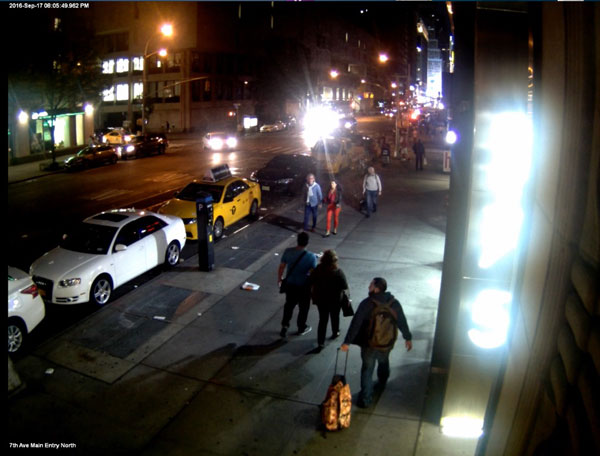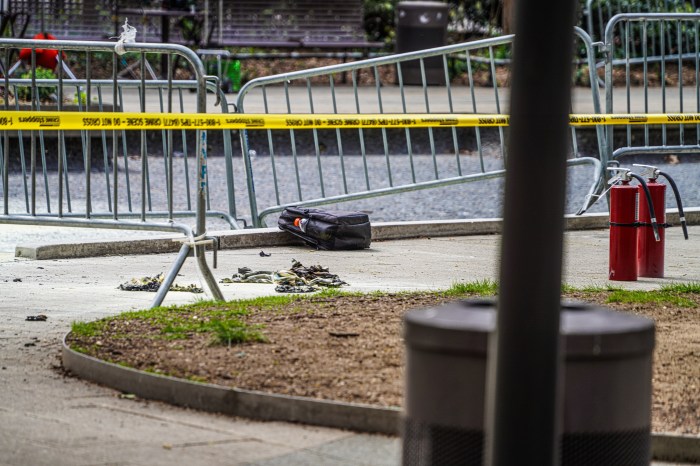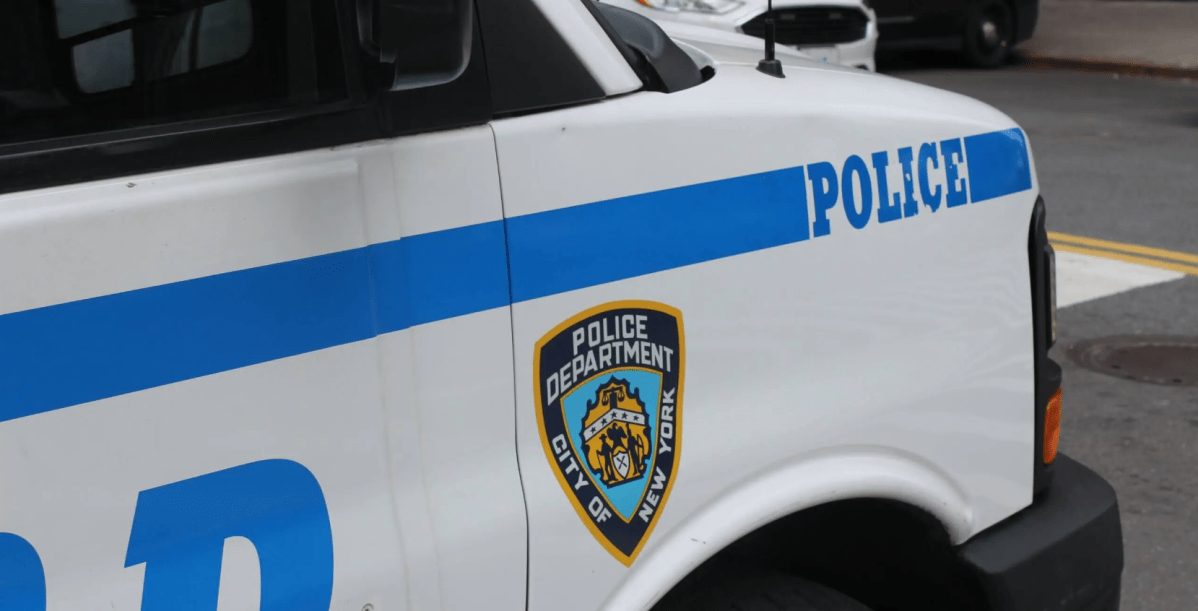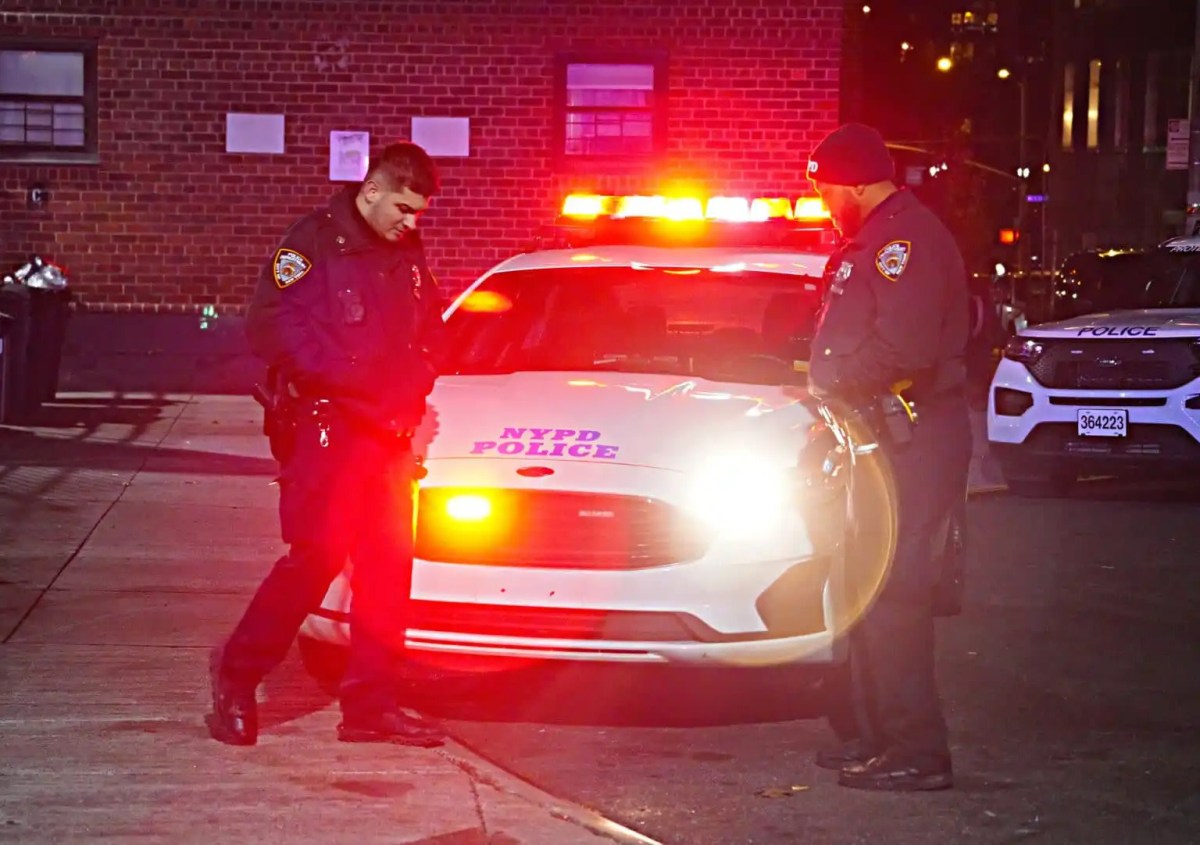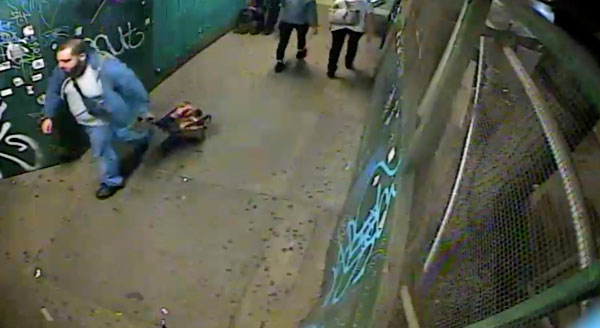
BY DUSICA SUE MALESEVIC | Forty fingerprints. Fifty-two witnesses. Eight days of trial. And about four hours of deliberation for a federal jury to find Ahmad Khan Rahimi guilty of a bombing and attempted bombing in Chelsea.
It was a little over a year ago when an explosion on W. 23rd St. (btw. Sixth & Seventh Aves.) shattered glass and serenity, propelled shrapnel into people and places, and damaged buildings and businesses.
Details about that Sat., Sept. 17, 2016 night and its aftermath were revealed at the trial where surveillance video and selfies were shown, experts and law enforcement testified about explosive devices and forensics, victims spoke about their injuries and being terrified, and exhibits such as a 100-pound, twisted metal dumpster were displayed.
It began on Mon., Oct. 2 with the prosecution saying it would present six types of evidence for the jury, and the defense reminding them that Rahimi — a New Jersey resident now 29 — was “a person who is presumed innocent” and that there was, in fact, reasonable doubt.
It ended with the defense calling no witnesses, closing arguments that sparred about what Rahimi intended to happen on W. 27th St. — where a device was found but did not detonate — and, ultimately, Rahimi’s conviction of all eight charges on Mon., Oct. 16.
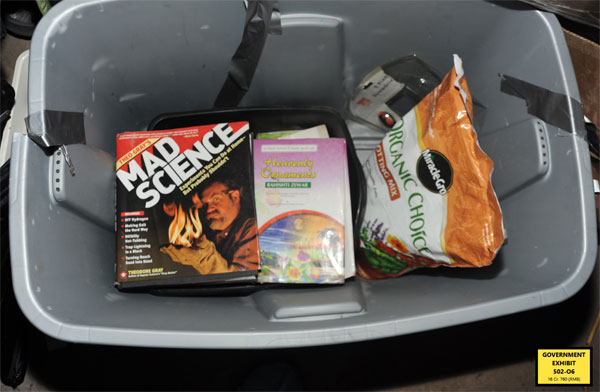
8,000 GALVANIZED STEEL BBs | On the morning of Thurs., Oct. 12, the government called its last witness, Tsitsi Merritt, who described how the blast made her feel like she had “alien head.” Prosecutors showed her a photograph of a fireman carrying her son, and they were both taken to the hospital for injuries. She told the court she had gone for counseling.
After Merritt, the government rested its case. Now it was the defense’s turn. For about an hour, Rahimi and his attorneys were out of the courtroom. When they returned, the defense rested as well: They would not be calling any witnesses, including Rahimi.
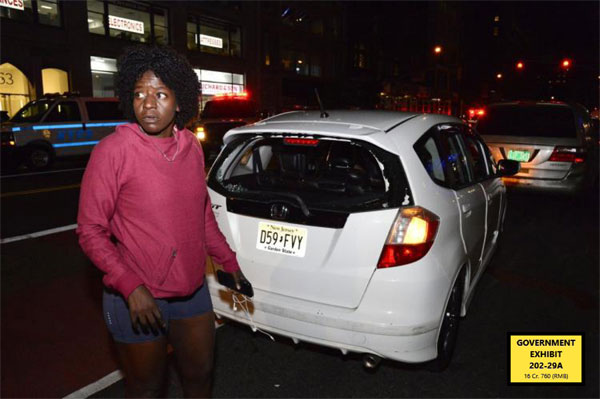
“There’s no miracle defense. It’s not a defense that no one died,” Assistant US Attorney Emil Bove told the court in the government’s closing summation. “The law prohibits attempted bombings.”
Bove pointed to a notebook that was on Rahimi when he was arrested after the bombing on the morning of Mon., Sept. 19, 2016. In the notebook, he said, was a letter that described Rahimi’s thought process, and was “a claim or responsibility” for the attack.
The notebook also mentioned Anwar al-Awlaki, a radical cleric who was tied to al Qaeda in the Arabian Peninsula; Nidal Hasan, an American who was convicted of killing 13 people and injuring more than 30 people during an attack at Fort Hood in late 2009; and Osama bin Laden. “These are the people the defendant found motivating,” Bove said.
Rahimi was concerned that law enforcement agencies such as the FBI were watching him, and the “defendant was worried he was going to be arrested before he could conduct this attack,” Bove said.
Bove went through the testimony and evidence about how Rahimi purchased the components for the bombs, including setting up an alias named Ronald Welsh. The government had shown a video of Rahimi at Home Depot, and the SKU (the stock keeping unit) of a galvanized pipe purchased matched one of the pipes that was collected as evidence.
Using the Welsh alias, Bove said Rahimi bought “tools that he needed to make extremely dangerous bombs,” which included hydrogen peroxide, a kitchen scale to figure out yield, a glass beaker, and a pack of 8,000 galvanized steel ball bearings.
Bove held up the BBs for the jurors — the ball bearings had been passed around the jury during a government witness’ testimony earlier the week before.
“He bought this to kill people,” Bove said.
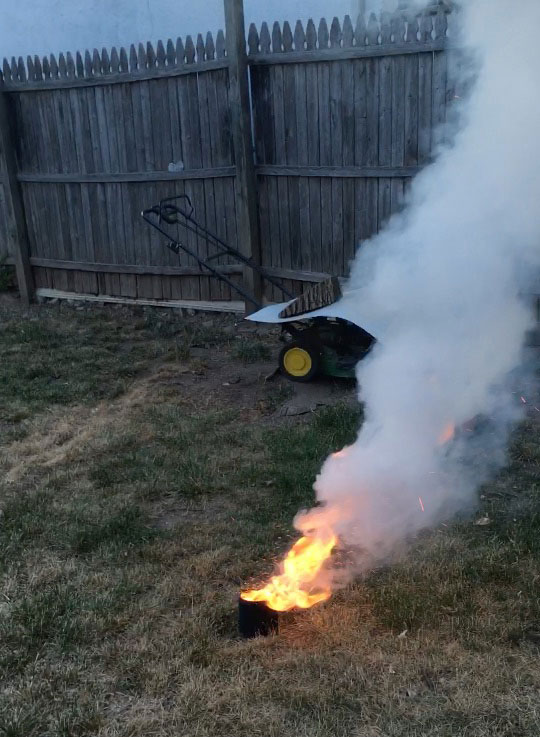
When the FBI searched where Rahimi lived in Elizabeth, NJ, they found other materials, such as a caulk gun, which Bove said was used to seal the pressure cookers, saws, and drills bits.
Rahimi used his bedroom and a basement area in the house to make the bombs, he said. In the basement, Rahimi used a white bucket to store materials like screws and nails to be used as shrapnel, Bove said.
During that search, a laptop was seized that was “littered with selfies of the defendant.” During earlier testimony, the government showed a selfie of Rahimi giving the middle finger. Email accounts linked to Rahimi had an attachment to the “Book of Jihad,” according to a government witness.
Outside the house, Rahimi tested a black powder that the government said he would use in the bombs. A video showing Rahimi testing the substance was played. “Look how happy that man is,” Bove told the jury.
Surveillance video from several different sources, including the NYPD, Madison Square Garden, Selis Manor, and businesses along W. 23rd St. between Sixth and Seventh Avenues showed Rahimi at various times the night of the bombing.
According to the government, Rahimi allegedly started that Saturday planting a bomb at Seaside Park, NJ in the morning. That bomb would detonate, and the jury was shown photos of a trash can that was mangled in the blast. The bomb was timed to go off at the start of a charity race — where runners would pass — but as there was a delay, no one was hurt.
(Rahimi faces separate charges, including ones related to a shootout that happened with police at the time of his arrest, in New Jersey.)
The jury saw footage that showed Rahimi with three bags — two he was carrying and a backpack — through Penn Station, and then as he made his way to W. 23rd St. Rahimi paused outside of Penn Station at the corner of W. 31st St. and Eighth Ave. Bove said that he was pausing because of his schedule for the attack — alarms had been set on cellphones that were used as triggers for the devices.
When he stopped and looked at New Yorkers walking by, Bove said, “This is the defendant thinking about his victims.”
Rahimi stopped two more times, once on W. 25th and Eighth Ave. and also at the shuttered St. Vincent de Paul Church on W. 23rd St. There was a “distinct window” when Rahimi could plant the device, Bove said, that it would not be discovered so he could get away, and “that no one would find the bomb before it went off.”
The surveillance video goes black when the blast happens. “There are no words for this,” Bove said as the jury watched video from that night, noting the “complete panic. These women can’t even tell which direction they’ve been attacked from.”
Near the blast was Selis Manor, a building that houses the blind, visually impaired and those with disabilities at 135 W. 23rd St. (btw. Sixth & Seventh Aves.).
While all that was happening on W. 23rd St., Bove noted, “the defendant was walking calmly to 27th St.” Video surveillance showed Rahimi placing a bag near a mailbox. “The defendant knew and intended for the 27th St. bomb to go off,” he said.
On video, two men are shown opening that bag, taking the pressure cooker out, which Bove likened to “slapping a cobra.” The two men leave the bomb and take the bag. Later, Chelsea resident Jane Schreibman reports it. According to the government, the alarm on the cellphone, which was the trigger for the bomb, was set for 9 p.m. The two men, Bove, said, found the bag at 8:50 p.m.
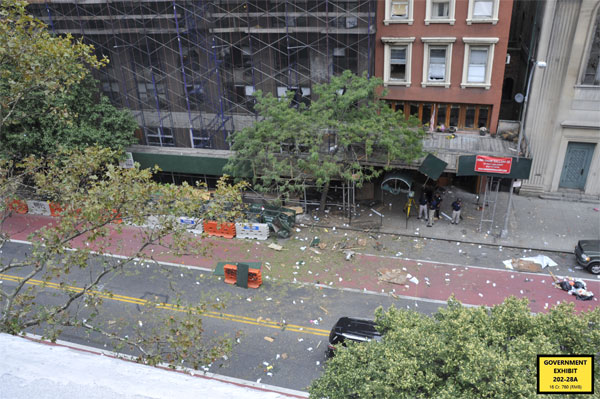
ALARM ASSERTION | Sabrina Shroff, defense attorney for Rahimi, made her closing argument on the morning of Fri., Oct 13. Shroff did not dispute evidence regarding the blast on W. 23rd St. Instead, she spent much of her summation on what didn’t happen on W. 27th St.
Shroff said there was nothing wrong with the phone that was attached to the device, and that was to be used to trigger the bomb. She said a government witness, a FBI agent, turned on the phone and “that the phone was in working order.”
The phone was taken to Quantico, she said, where it was “subjected it to every test possible… Fifty-two witnesses and there is no evidence” that the phone was going to go off.
Shroff said Rahimi made that choice after he heard the blast on W. 23rd St. Rahimi had paused, she said, because he was thinking about what he was going to do, not, as the government said, to stick to his bombing schedule.
Rahimi had “overwrote that alarm because he did not want to use the bomb on 27th St.,” she told the jury. “He chose not to and there is your lack of intent.”
Shroff also said Rahimi did not light the fuse of the six pipe bombs he left in a trash can outside an Elizabeth, NJ train station.
“Leaving the bomb on the street is not enough,” and doesn’t show intent, she said.
“At any point, he could have set off any one of those seven bombs and he did not,” she said. The jury should find Rahimi “not guilty on counts two, five, eight.”
All three of those charges stemmed from the device on W. 27th St.
“So I’m done,” she said, then paused. “I have not sought to distract you. And I hope we kept our word about what we said at the beginning of the case. … It’s a difficult case. We are all New Yorkers. … Two, five, eight, he, Mr. Rahimi, is not guilty.”
“What you just heard was a cover story,” Assistant US Attorney Andrew DeFilippis said in the government’s rebuttal. Rahimi was walking “away so he wouldn’t get hurt while others bleed,” he said, adding that he was trying to “slither out” of the charges on W. 27th St. and it was an “insult” to the jury’s common sense.
The jury convicted Rahimi on Mon., Oct. 16 of all eight counts that included use and attempted use of a weapon of mass destruction, bombing a place of public use, and destroying and attempting to destroy property by means of fire or explosive. The conviction means that Rahimi faces an automatic life sentence. His sentencing date is scheduled for Jan. 18, 2018. His defense team will be filing an appeal, according to news reports.
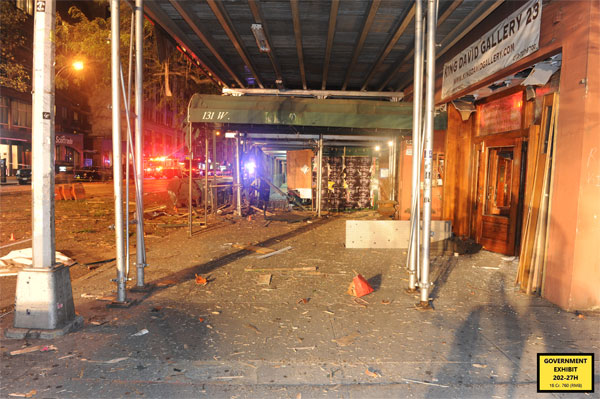
REACTIONS TO THE VERDICT | Chelsea resident Jane Schreibman called 911 after seeing the pressure cooker device on W. 27th St., and testified on the first day of the trial. “I guess I was a little nervous,” she told Chelsea Now by phone on Tues., Oct. 17.
Schreibman’s call to 911 was played for the court, with her saying it was “interesting” to hear it. She said the conviction was the “right thing to happen,” given the amount of evidence and “they had him on tape leaving that bomb.”
“It was a relief to know that he wouldn’t be on the street anymore,” she said.
State Senator Brad Hoylman mentioned Schreibman in his statement put out after the conviction. “September 17, 2016, is a day none of us will forget,” he said. “But even in the worst moments, New Yorkers exemplify the best in each of us. Whether it’s the Malibu Diner providing free meals to first responders and residents affected by the bombing or Jane Schreibman acting swiftly to alert authorities to the second bomb, Chelsea stood strong and has recovered.”
He added, “One year on, I’m proud of Chelsea’s resiliency and glad to see justice done.”
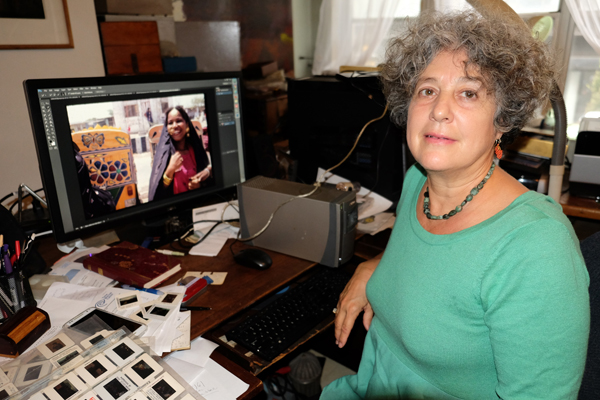
Chelsea resident Jane Schreibman alerted authorities to the secondary explosive device on W. 27th St. Schreibman, who testified at the trial, said the conviction was the “right thing to happen,” given the amount of evidence. | File photo by Tequila Minsky.
Councilmember Corey Johnson said in an email statement, “A little more than a year ago, our community was tested like never before. [Monday’s] verdict sends a message that, while evil acts cannot be undone, justice for those who commit them will be swift and decisive. We owe a debt of gratitude to the first responders who prevented even greater harm, the investigators who tirelessly worked in the days after to identify and locate the perpetrator, and the prosecutors who ensured he was held accountable.”
The “verdict is the most forceful deterrent for anyone considering waging terror in our city,” NYPD Commissioner James P. O’Neill said in a statement. “We will investigate; we will find those responsible; and justice will prevail.”
